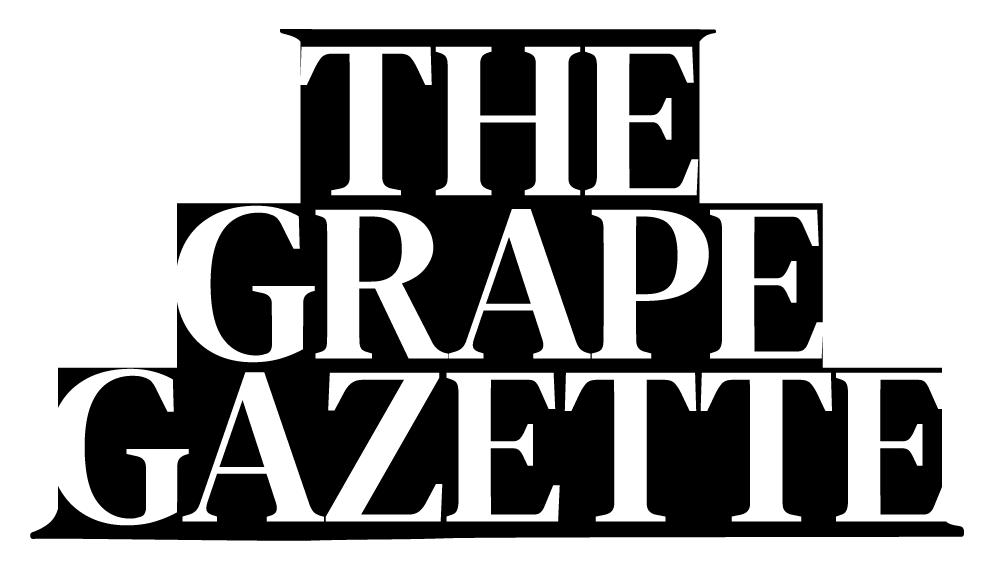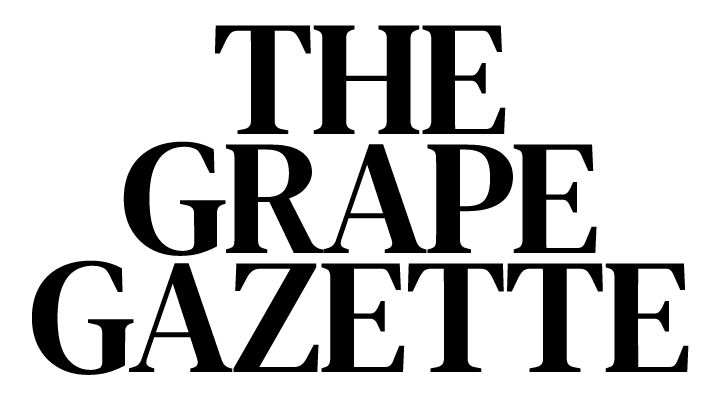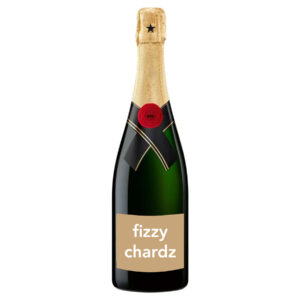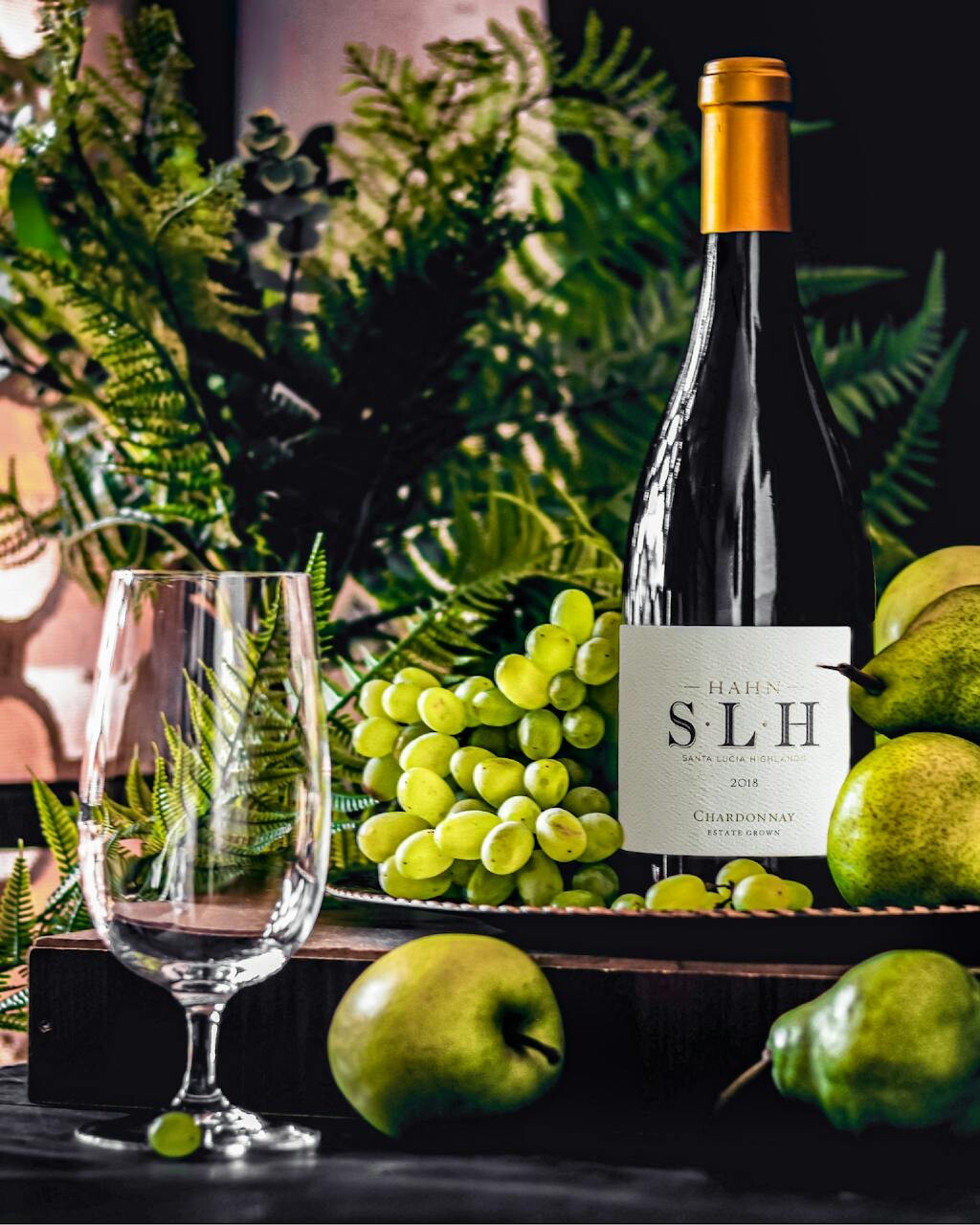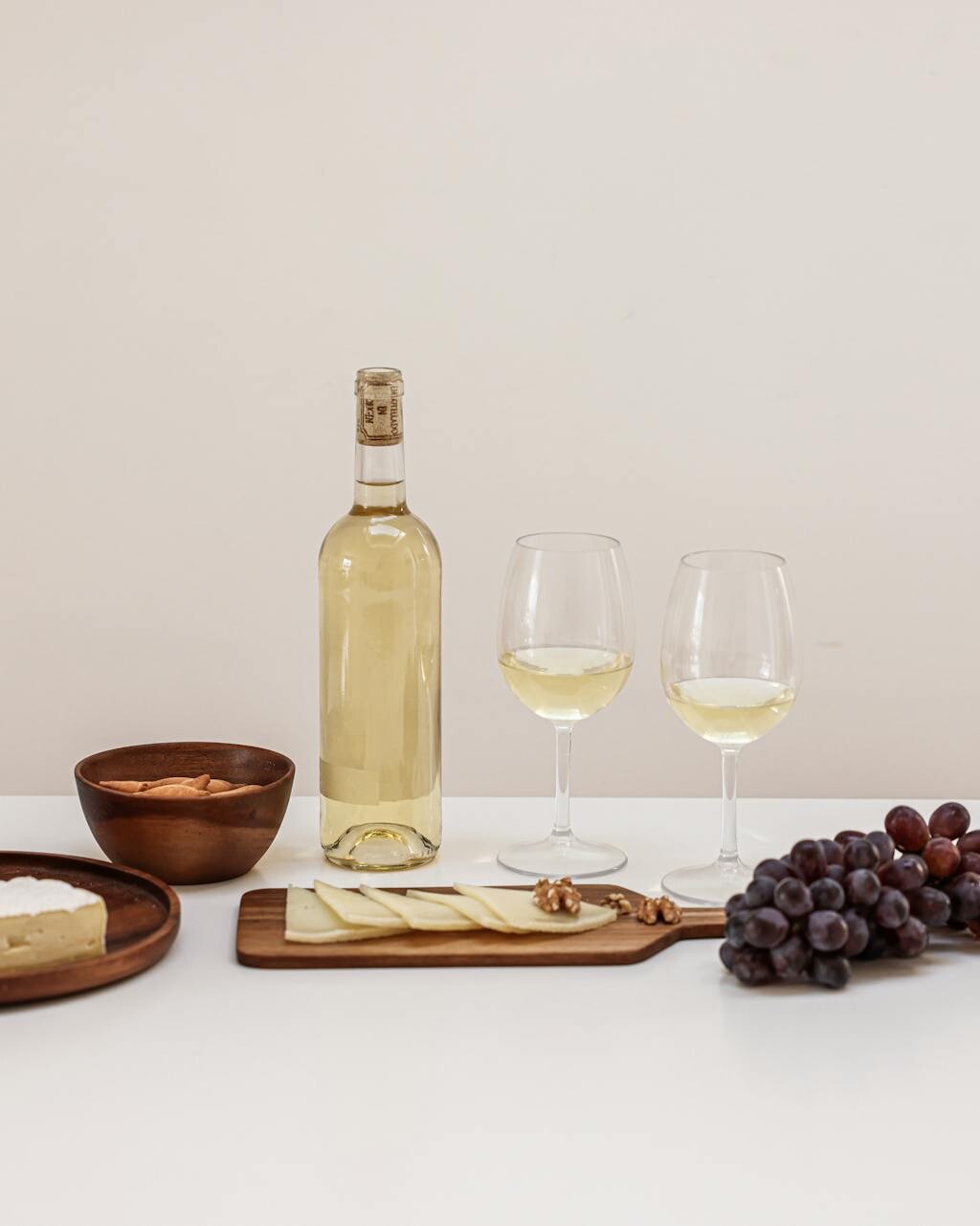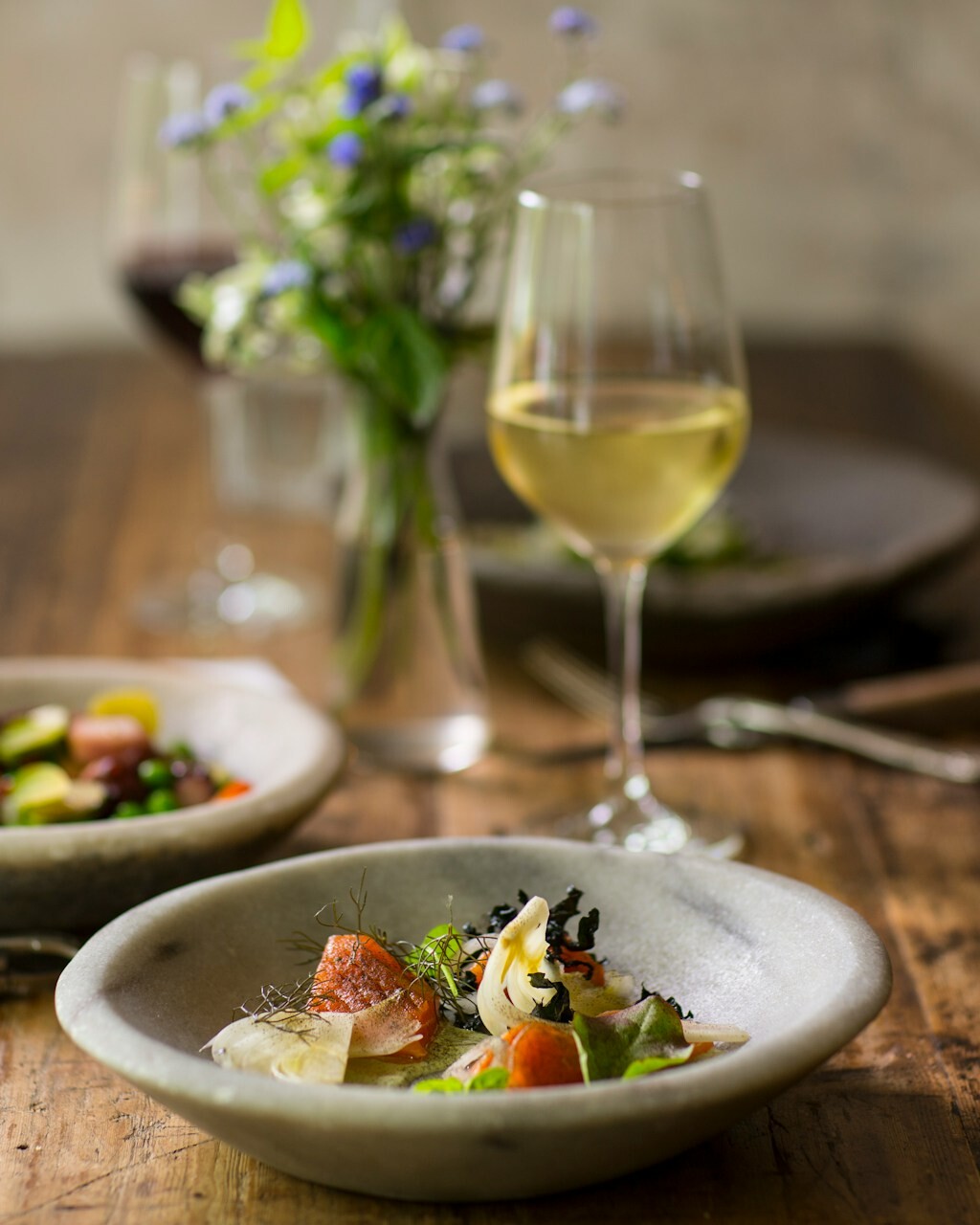The British have long held a peculiar stance when it comes to their wine preferences. There’s an unspoken rule among many wine aficionados in the UK that can be summed up in three simple words: “Anything but Chardonnay.” This aversion to Chardonnay, however, stands in stark contrast to our love for Champagne, the sparkling elixir of celebrations and special occasions. Yet, what many may not realize is that one of Champagne’s primary grapes is none other than the much-maligned Chardonnay. So, what if we revealed this “secret” to the unsuspecting masses? How might perceptions change if Champagne were rebranded as sparkling Chardonnay? Let’s explore this intriguing dichotomy with a bit of tongue-in-cheek humor.
The Chardonnay Conundrum
Chardonnay has a reputation problem, particularly in the UK. The “Anything but Chardonnay” (ABC) movement likely stems from the late 20th century when the market was flooded with overly oaked, mass-produced Chardonnays that left a bad taste in everyone’s mouth—literally and figuratively. The heavy, buttery Chardonnays of the past were a far cry from the elegant, versatile grape that Chardonnay truly is. Yet, despite this widespread aversion, Brits continue to pop bottles of Champagne without a second thought.
Champagne: The Disguised Delight
For the uninitiated, Champagne is not a grape variety but a sparkling wine that hails from the Champagne region of France. The region’s strict regulations and unique terroir give Champagne its distinct character. The primary grape varieties used in Champagne are Chardonnay, Pinot Noir, and Pinot Meunier. While Pinot Noir and Pinot Meunier bring body and fruitiness to the blend, Chardonnay is often credited with providing finesse, elegance, and longevity.
Imagine, for a moment, a world where Champagne was rebranded as “sparkling Chardonnay.” Picture the labels proudly proclaiming, “Made with 100% Chardonnay grapes.” Would this revelation cause a seismic shift in how Champagne is perceived and enjoyed in the UK? Would the Champagne flutes be put down in horror, or would there be a collective shrug of indifference as the bubbles continued to flow?
The Power of Perception
Perception plays a significant role in our preferences and biases. The disdain for Chardonnay often comes from a place of misunderstanding or a single bad experience that taints the reputation of an entire grape variety. In reality, Chardonnay is one of the most versatile grapes, capable of producing a wide range of wine styles from crisp, mineral-driven Chablis to rich, buttery California Chardonnays. And of course, it is a cornerstone of the world’s most prestigious sparkling wine.
If we were to reveal the true identity of Chardonnay in Champagne, it might force people to re-evaluate their prejudices. The sophisticated allure of Champagne, coupled with the celebratory occasions it’s associated with, might just be the perfect disguise to rehabilitate Chardonnay’s image.
A Hypothetical Rebranding: Sparkling Chardonnay
Let’s indulge in a bit of speculative fun. Imagine walking into a high-end wine shop and seeing rows of bottles labeled “Sparkling Chardonnay.” The marketing materials boast of the wine’s complexity, its elegant bubbles, and its suitability for any celebration. Would people approach it with the same enthusiasm they reserve for Champagne, or would there be hesitation?
For some, the word “Chardonnay” might trigger flashbacks of those overly oaked wines from the past. But for others, the allure of something new and prestigious could be irresistible. After all, if Champagne producers can sell millions of bottles based on the wine’s reputation and quality, why not Sparkling Chardonnay?
The Celebration Factor
One of the reasons Champagne is so beloved is because of its association with celebrations. From weddings to New Year’s Eve, Champagne is synonymous with joy and festivity. It’s hard to imagine that a simple name change could disrupt such deep-rooted traditions. In fact, rebranding Champagne as Sparkling Chardonnay could add an extra layer of intrigue and conversation at social gatherings.
“Did you know this is made entirely from Chardonnay?” one might say, swirling their glass with a knowing smile. “It’s amazing how versatile this grape is,” another might chime in, taking a sip. The conversation could then turn to the history of Chardonnay, its different expressions, and how it became one of the most celebrated grapes in the world—thanks, in no small part, to Champagne.
Italy’s Sparkling Strategy: A Prosecco Plot
Now, let’s add a bit of international rivalry to our tale. Imagine the Italians, ever the clever marketeers, seizing this opportunity to give their beloved Prosecco a boost. Prosecco, often seen as Champagne’s more affordable cousin, has enjoyed its own rise in popularity, but it still lingers in the shadow of Champagne’s prestige.
Picture an Italian marketing campaign boldly declaring, “Champagne? It’s just Sparkling Chardonnay!” Billboards in Milan, Rome, and Venice could showcase stylish Italians toasting with flutes of Prosecco, with captions proclaiming, “Why settle for Chardonnay when you can have Glera?”—the grape variety used to make Prosecco.
Wine enthusiasts might then start to question their allegiance. After all, if the choice is between a wine made from a grape they’ve sworn off and a fresh, fruity alternative, Prosecco could suddenly seem even more appealing. The Italians, with their flair for drama and panache, could turn this revelation into a marketing coup, elevating Prosecco’s status and giving Champagne a run for its money.
The Chardonnay Renaissance
If Sparkling Chardonnay were to gain popularity, it could spark a renaissance for Chardonnay itself. People might begin to explore other wines made from this grape, discovering its true potential beyond the oak-laden versions that once dominated the market. The crisp, clean Chardonnays of Chablis, the elegant Blanc de Blancs Champagnes, and even the balanced New World Chardonnays could find a new audience.
Wine bars might start featuring Chardonnay flights, showcasing the grape’s diversity. Sommeliers could craft menus highlighting the best food pairings for Chardonnay-based wines, from fresh seafood to creamy pasta dishes. The possibilities are endless, and all it takes is a shift in perception.
A Toast to Chardonnay
In the end, whether we call it Champagne or Sparkling Chardonnay, the quality of the wine remains unchanged. It’s a testament to the skill of the winemakers and the unique terroir of the Champagne region. What’s in a name, after all? As Shakespeare famously wrote, “That which we call a rose by any other name would smell as sweet.” The same could be said for Champagne.
So, the next time you find yourself at a celebration, raising a glass of bubbly, take a moment to appreciate the Chardonnay behind the magic. And perhaps, with a wink and a nod, you can share the “secret” with those around you. After all, great wine is meant to be enjoyed and celebrated, no matter what name it goes by.
The British aversion to Chardonnay and the simultaneous love for Champagne is a fascinating paradox. By rebranding Champagne as Sparkling Chardonnay, we could challenge preconceived notions and open up a world of possibilities for wine enthusiasts. Whether it leads to a Chardonnay renaissance or simply adds a touch of humour to our celebrations, embracing the true identity of Champagne can only enrich our appreciation of this beloved beverage.
And let’s not forget our friends in Italy, who might just seize this opportunity to elevate Prosecco by pointing out Champagne’s hidden Chardonnay identity. This playful rivalry could add a delightful twist to the world of sparkling wines, making our celebrations even more vibrant and varied.
So here’s to Chardonnay, the unsung hero of Champagne. May we continue to enjoy its sparkling delight, and perhaps, learn to love it even more, both in and out of disguise. Cheers!
